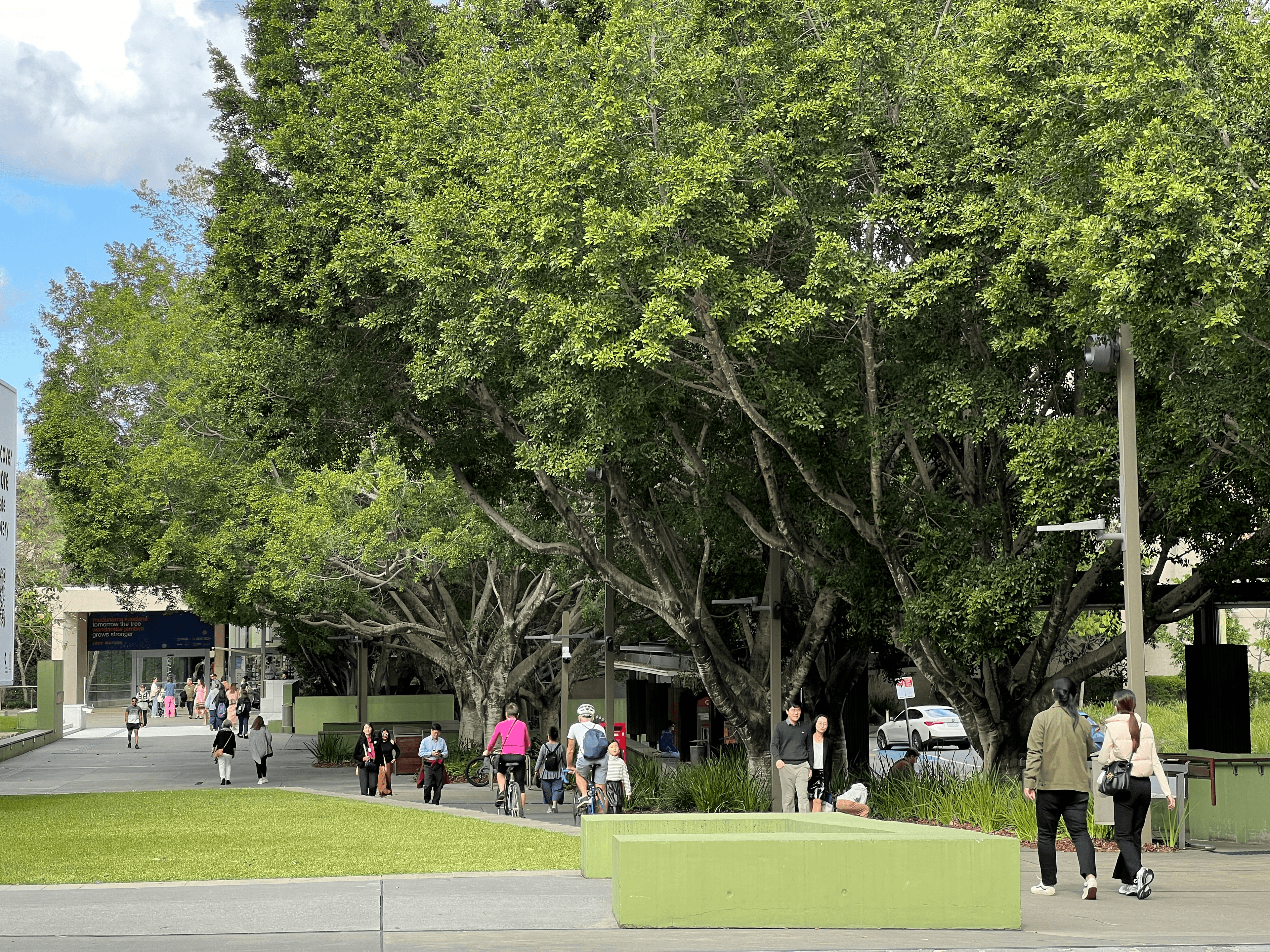There are serious economic consequences to abandoning environmental law reform

Image source: Marga Santoso / Unsplash
News story
10 February 2025
The Albanese Government has become the latest in a string of Australian Governments that have set out to reform Australia’s environmental protection legislation but failed.
On the face of it, the government has walked away from its Nature Positive Bill due to pressure from the economically powerful WA mining sector, but the decision ignores that our economy is far more than mining.
Even if your motives are purely economic, there are compelling reasons for Australia to lift its game in the management of the environment. The majority of our economy is heavily dependent on nature and the valuable services that are provided by a functioning environment.
For example, our unique natural environments are a key drawcard underpinning $40 billion worth of spending by international tourists.
Our $88 billion agricultural sector would struggle to operate without the healthy soils, pollinators, natural pest controls and water filtration that only nature provides.
Marine ecosystems, including estuaries, kelp and seagrass beds and mangroves, underpin $3.5 billion in annual fishery and aquaculture production.

Victoria's Mt Buller, and other alpine tourist centres, are at a high risk of closure over the next few decades as climate change continues to shorten the ski season. Image source: Liam Ferguson / supplied
Working with nature is also our best hope to minimise the rapidly growing societal and economic impacts of extreme heat waves, floods and fires.
According to data from the Insurance Council of Australia, the cost of damage caused by extreme weather events has doubled over the past five years, reaching $4.5 billion per year.
Nature remains our only viable large-scale carbon sink, and is the most cost-effective way that we can mitigate the threatening impacts of climate change in most situations.
For example, increasing tree canopy in urban areas markedly reduces air and building temperatures during heat waves.
It also reduces hospital admission rates; an Australian study found that in areas with less than 10% urban tree canopy, lifting tree cover to 30% would reduce health sector costs by $19.3 million per year for every 100,000 people living in those areas.
Even without heat waves, we personally benefit from contact with biodiverse nature through improved physical and mental health and this too has an economic value. Our own research has found that visits to national parks reduce Australia’s health bill by at least $2 billion annually.
The productivity of modern societies has been achieved at a cost to nature, but nature is not infinite, many species and ecosystems are now reaching tipping points, and economists — not just scientists — are worried.
In their 2025 Global Risks report, the World Economic Forum flagged that four human-caused environmental problems, including extreme weather, loss of biodiversity and collapse of ecosystems, are the top threats to the global economy over the medium to long-term, which they define as just 10 years.
This is not a problem we can put off indefinitely, biodiversity loss and ecosystem collapse are getting rapidly worse in Australia with every passing year, and it is vastly more expensive to restore lost biodiversity later than to stop its loss now.

Increasing tree canopy in urban areas markedly reduces air and building temperatures during heat waves, and also reduces hospital admission rates. Image source: Jaana Dielenberg / supplied
So how do we act? The most cost-effective step the Australian Government can take is to establish effective environmental protection legislation, which brings us to the 25-year-old Environmental Protection and Biodiversity Conservation Act.
Two independent reviews, the last led by business expert Professor Graeme Samuel AC in 2020, found that the legislation is woefully ineffective at protecting the environment, open to political interference and unreasonably cumbersome for business. In response, they urged major and rapid reforms.
Delaying environmental law reform is not in our economic interest. The economy relies on a protected and functioning environment.
Establishing effective laws that balance the protection of important biodiversity values with less cumbersome approvals for reasonable developments is the most cost-effective measure available to the government to deal with our rapidly growing environmental crisis, and must be a priority for every Australian Government until it is achieved.
Effective laws are half of the equation of good governance, the other is the strategic expenditure of tax-payer dollars to deliver programs that are in line with our national interests.
The Australian Government currently spends just one-thousandth of the federal budget on conservation action and this is allowing the ongoing decline of threatened species and ecosystems.
Lifting Australian Government spending on conservation to just 1% of the budget would provide the funding needed to effectively conserve biodiversity and restore degraded landscapes.
Only by establishing effective laws and increasing conservation expenditure to a reasonable level, will the Australian Government be able to secure the natural capital upon which our national wealth and economy is based.
This article was first published by The Canberra Times on Friday 7 February. Read the original article.
The article was written by Biodiversity Council member Professor Patrick O'Connor AM who is a professor in the School of Economics and Public Policy and Director of the Centre for Global Food and Resources at The University of Adelaide.













